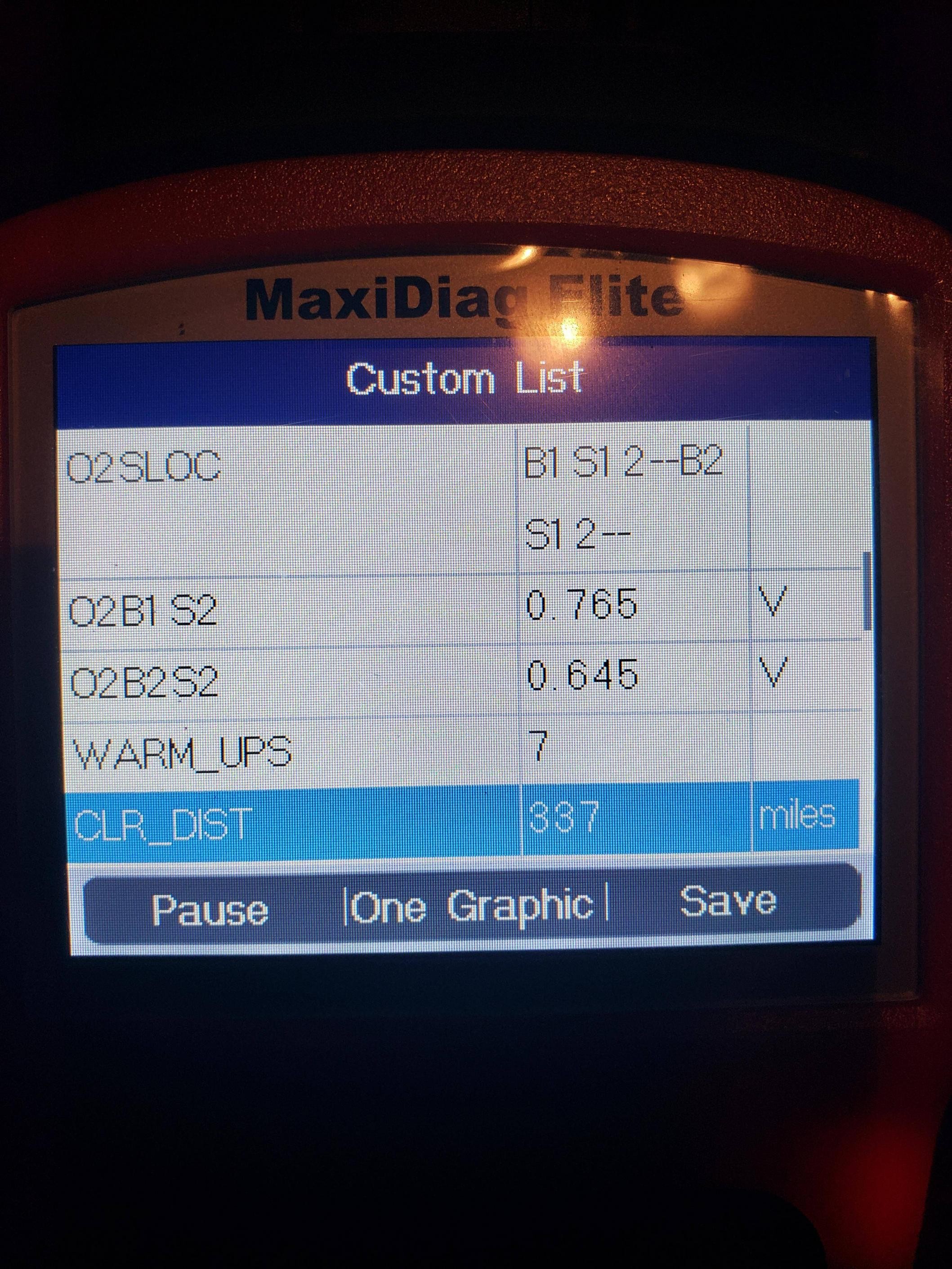Dealing with emissions testing can be a headache, especially when your Ford vehicle refuses to get its OBD2 monitors ready. A common frustration for Ford owners is the dreaded “not ready” status for O2 sensors and catalytic converter monitors, preventing them from passing inspection. This article dives into the specifics of troubleshooting a Ford vehicle stuck in this situation, focusing on the “Ford Obd2 Cat Cycle” and how to get your car ready for its emissions test.
The owner of a 2013 Ford Police Interceptor Utility with a 3.7L engine encountered this exact problem. Despite replacing all four O2 sensors with genuine Ford parts and diligently performing numerous drive cycles, the O2 sensor and O2 sensor heater monitors remained stubbornly incomplete. Adding to the frustration, there were no Diagnostic Trouble Codes (DTCs) present, not even the generic P1000 (Ford’s “OBD-II Monitor Testing Not Complete”) or codes indicating catalytic converter inefficiency like P0420 or P0430.
This situation highlights a common challenge: a vehicle can appear to be running perfectly with no apparent faults, yet still fail emissions due to incomplete OBD2 readiness monitors. Let’s explore the potential causes and troubleshooting steps when your Ford’s catalyst monitor cycle seems stuck.
One of the first things to understand is the Ford OBD2 drive cycle, often referred to as the “cat cycle” in relation to the catalytic converter monitor. This cycle is a specific set of driving conditions designed to allow the vehicle’s computer (PCM or Powertrain Control Module) to run self-tests on various emissions control systems. For the catalytic converter and O2 sensors, this typically involves a combination of cold starts, idling, steady cruising speeds, and accelerations/decelerations.
Despite the vehicle owner performing numerous drive cycles and even having Ford technicians attempt them, the monitors remained incomplete. This suggests the issue isn’t simply about performing the drive cycle correctly, but potentially a deeper underlying problem preventing the monitors from running.
Several factors can prevent the Ford OBD2 catalyst monitor cycle from completing and setting the O2 sensor and catalyst monitors to “ready”:
-
Underlying Mechanical or Electrical Issues: Even without DTCs, subtle problems can disrupt the monitor cycle. These could include:
- Vacuum leaks: Affecting fuel trims and O2 sensor readings.
- Exhaust leaks: Particularly upstream of the catalytic converters, impacting O2 sensor function.
- Marginal sensor performance: While new sensors were installed, there’s a slight chance of a faulty new sensor or an issue with the wiring harness.
- PCM issues: In rare cases, a PCM malfunction could prevent monitors from running correctly.
-
Incorrect Drive Cycle Procedure: Although the owner attempted various drive cycles, Ford-specific drive cycle nuances might have been missed. Different Ford models and engine types can have slightly different drive cycle requirements. It’s crucial to consult the exact drive cycle for the 2013 Ford Police Interceptor Utility 3.7L.
-
“Forced Readiness” Misconception: The mention of a shop attempting a “force ready” mode using a Ford IDS (Integrated Diagnostic System) is interesting. While Ford IDS tools offer advanced diagnostic capabilities, there isn’t a documented “force ready” function in the standard OBD2 or Ford diagnostic procedures. It’s possible this refers to a service function that resets or clears certain learned values, but it’s unlikely to directly force monitors to complete if underlying issues exist.
Given the troubleshooting steps already taken (sensor replacement, multiple drive cycles), further investigation should focus on:
-
Verifying the Correct Ford Drive Cycle: Obtain the precise Ford-recommended drive cycle for the specific vehicle model and engine. Ensure all conditions (cold start, temperature ranges, speed variations, durations) are strictly followed.
-
Thorough Vacuum and Exhaust Leak Check: A smoke test for vacuum leaks and a careful inspection of the exhaust system for leaks, especially around sensor bungs and catalytic converter flanges, is crucial.
-
Sensor Data Analysis with Ford IDS (or advanced scan tool): While basic OBD2 scanners show sensor voltages and temperatures, a Ford IDS or a high-end scan tool can provide more in-depth data, including:
- Monitor status details: Why specific monitors are failing to complete.
- Mode 6 data: Detailed test results for individual monitors, providing clues to the failing parameter.
- Fuel trim analysis: To identify potential vacuum leaks or fuel delivery issues affecting O2 sensor readings.
-
PCM Software Update: Although less likely, a PCM software update from Ford could address potential software glitches affecting monitor operation. Check for any Technical Service Bulletins (TSBs) related to OBD2 readiness issues for this specific vehicle.
In conclusion, resolving Ford OBD2 catalyst monitor cycle issues, specifically O2 sensor readiness, requires a systematic approach. While drive cycles are essential, they are ineffective if underlying mechanical, electrical, or software issues are preventing the monitors from running. By methodically checking for leaks, verifying sensor data with advanced tools, and ensuring the correct drive cycle is performed, you can increase your chances of getting your Ford’s OBD2 system ready for emissions inspection and finally pass that test. If DIY troubleshooting proves challenging, seeking a Ford specialist with advanced diagnostic capabilities is the next logical step.
